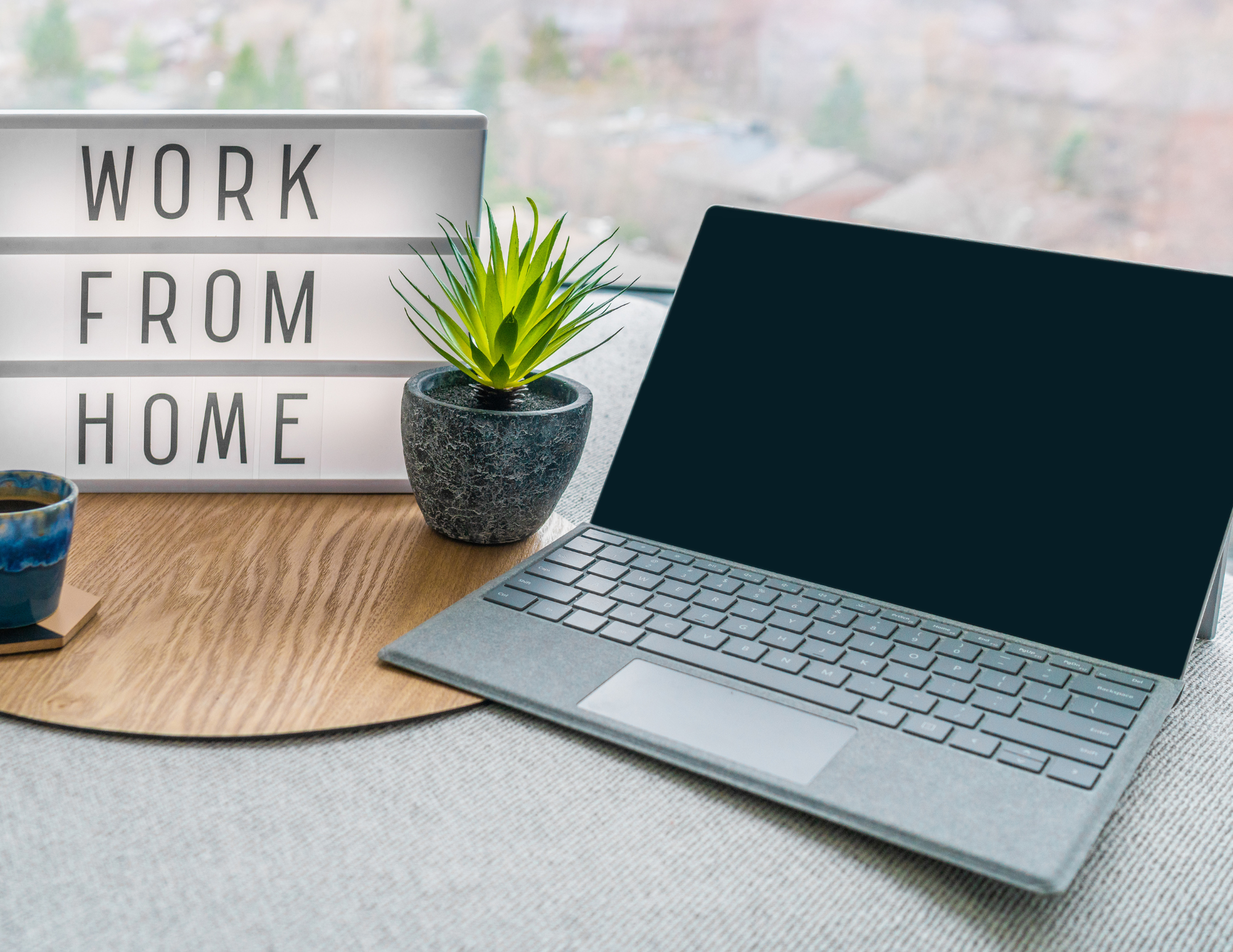Mastering Time Management: Your Guide to Effective Remote Work
This post may contain affiliate links which means I may receive a commission from purchase made through links. Learn more on my Privacy Policy Page.
Remote work affords unparalleled flexibility. Without an office setting’s built-in structure, however, days can easily become aimless and unproductive. Refine your time management skills to maximize effectiveness when working from home.
Set Yourself Up for Success

Your environment impacts your efficiency. Designate a dedicated workspace minimizing distractions. This signals your brain it’s time to focus. Ensure your workspace has strong Wi-Fi, comfortable seating, and necessary supplies. Create a relaxing yet energizing atmosphere.
Start Strong
Mornings set the trajectory for your day. Establish an energizing routine helping you start strong. Do some quick exercise to get your blood flowing. Eat a nourishing breakfast. Listen to uplifting music. Meditate or journal to calm your mind. This routine primes you for centered, focused hours ahead.
Map Out Your Day

Scrutinize your to-do list and calendar every morning. Plot out your day hour by hour, assigning tasks to time blocks. Scheduling work activities provides structure missing from remote work. List meetings, project blocks, administrative tasks, and breaks. Stick to your agenda but remain flexible when needed.
Batch Similar Tasks
Group related tasks to maximize efficiency. Checking emails sporadically drains productivity. Instead, designate set times for responding to messages. Cluster meetings on certain days to preserve long stretches of uninterrupted work time on others. Batch tasks requiring deep focus.
Avoid Multitasking

Contrary to popular belief, multitasking diminishes productivity. Tasks compete for your limited attention, resulting in mediocre performance on each. Give your full focus to one activity until reaching a logical stopping point. Then proceed to the next. Single tasking speeds up work and boosts accuracy.
Take Regular Breaks
Don’t feel obligated to work nonstop at home. Schedule short breaks every 60-90 minutes, just as you would at an office. Stand, stretch, grab a snack, make some tea, chat with a colleague. These brief diversions provide mental refreshment and help you refocus afterwards.
Know Your Peak Hours
Energy ebbs and flows throughout the day. Identify your peak hours of productivity and mental sharpness. Reserve this time for completing projects requiring deep concentration like writing reports or developing strategies. Offload repetitive administrative tasks to slower hours.
Avoid Time-Wasting Habits

It’s easy to fritter away hours down meaningless internet rabbit holes when working from home. Note activities derailing your productivity like compulsive email checking, excessive social media scrolling or web surfing. Then actively curb these timewasters.
Set Boundaries
Remote work’s flexibility can lead to burnout if you never unplug. Establish boundaries between work and personal time. Stop working at a set time each day and fully disengage. Don’t let work bleed into evenings and weekends except in rare circumstances. Protect your personal life.
Leave Buffer Room

Pad your schedule with buffer time between appointments, tasks, and deadlines. Things rarely take exactly as long as you expect. Buffer time absorbs these time adjustments, so they don’t throw off your whole day. It also provides flexibility if assignments require extra effort.
Manage Expectations
Communicate availability to managers and colleagues so they know when you’re “in the office.” For example, let coworkers know you reserve mornings for focused work and prefer scheduling calls in the afternoon. Managing expectations sets you up for success.
Minimize Distractions
Home offers limitless ways to divert your attention. Silence phone notifications and close tabs irrelevant to your current task. Turn off the TV. Ask household members not to disturb you during work time. Do a quick mental scan periodically to ensure you stay fully engaged.
Reward Progress

Working remotely lacks the visual cues of an office showing a hard day’s work. Create your own sense of accomplishment by celebrating small wins. Go for a victory lap around the house after completing a milestone. Enjoy a special lunch outside after an intense morning. Acknowledge progress.
Reflect on Effectiveness
Continuous improvement requires assessing what’s working and what’s not. Each week, evaluate your time management effectiveness. What activities were you most and least productive completing? How closely did you stick to your agenda? Note any needed adjustments, then implement them.
Your environment may differ, but standards for efficiency shouldn’t. Follow these time management best practices for remote workdays as productive and rewarding as time spent in a traditional office.


